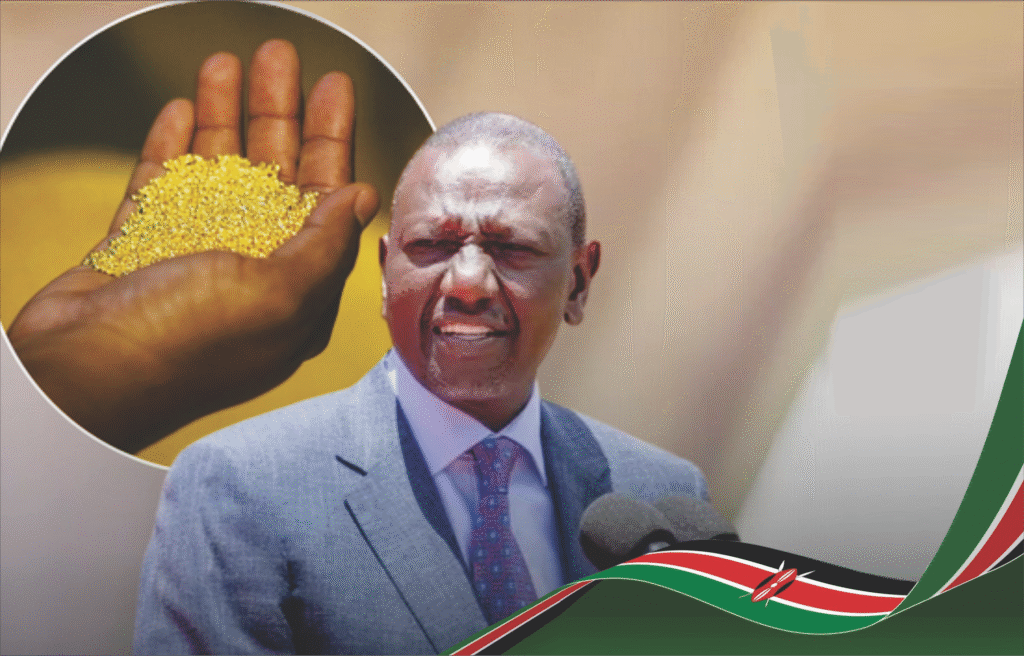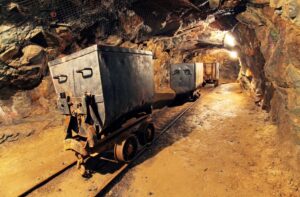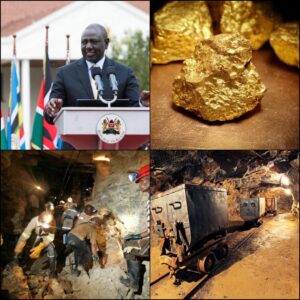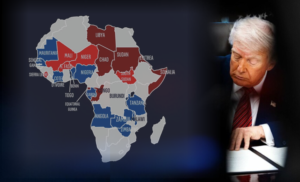Kenya’s $5.29 Billion Gold Discovery Promises Wealth for Government, Families and SMEs

Kenya’s mining industry is on the cusp of transformation after British firm Shanta Gold Limited confirmed a massive US$5.29 billion (Sh683 billion) gold discovery in Kakamega County, the largest in decades. The find at the Isulu-Bushiangala underground project, could turn western Kenya into a new mining hub and reshape the country’s economic and political landscape.
According to a Nairobi print media – The Star Kenya, Shanta Gold has identified 1.27 million ounces of gold at the site and submitted an Environmental Impact Assessment (EIA) to the National Environment Management Authority (NEMA) for approval. The proposed mine, covering about 337 acres, will use advanced underground extraction technology designed to minimize surface damage.

If approved, the project could inject billions into Kenya’s economy through royalties, taxes and local development funds, while generating hundreds of jobs and business opportunities. Kenya’s Mining Act mandates that 3% of gross sales be paid as royalties, with 20% earmarked for Kakamega County; and 10% for local communities. Additionally, Shanta Gold plans to contribute 1% of total gold output value directly to community development projects. Impact homes and the community.
As beam of promising future, there might be sketches of uncertainty for citizens, moreso indigenes of the land, where the gold is found. The mine could uplift household incomes through employment and small-scale contracting, but concerns may webly hang over land displacement and environmental degradation, particularly near the Kakamega Forest and river catchments. Shanta Gold says, it will follow Kenya’s Land Act and international resettlement standards, but past mining projects in Africa suggest, such transitions could force families to relocate or adapt to new economic realities.

The Kakamega discovery could finally position Kenya as a credible player in Africa’s gold market sector, which is dominated by Ghana, South Africa and Sudan. It also motions a strategic swing away from artisanal mining toward industrial-scale production. Attracting more foreign direct investment. Economists noted that the potential would spiral new supply and service chains, stimulating small and medium enterprises in western Kenya.

Officially, this discovery hands President William Ruto’s administration a powerful economic talking point at a time of public frustration over debt and unemployment. It also raises governance questions about resource sharing, transparency and environmental oversight. Bagged issues that have troubled other resource-rich African states. County leaders might already be lobbying for a fair-share of the proceeds, positioning the gold project as both a development prize and a test of Kenya’s decentralization model.
If implemented responsibly, the Isulu-Bushiangala mine could be a turning point for Kenya’s mining industry, citizens, local businesses and the broader political economy. Still, any miscalculations, could turn this golden opportunity into another cautionary tale of unfulfilled promise.






